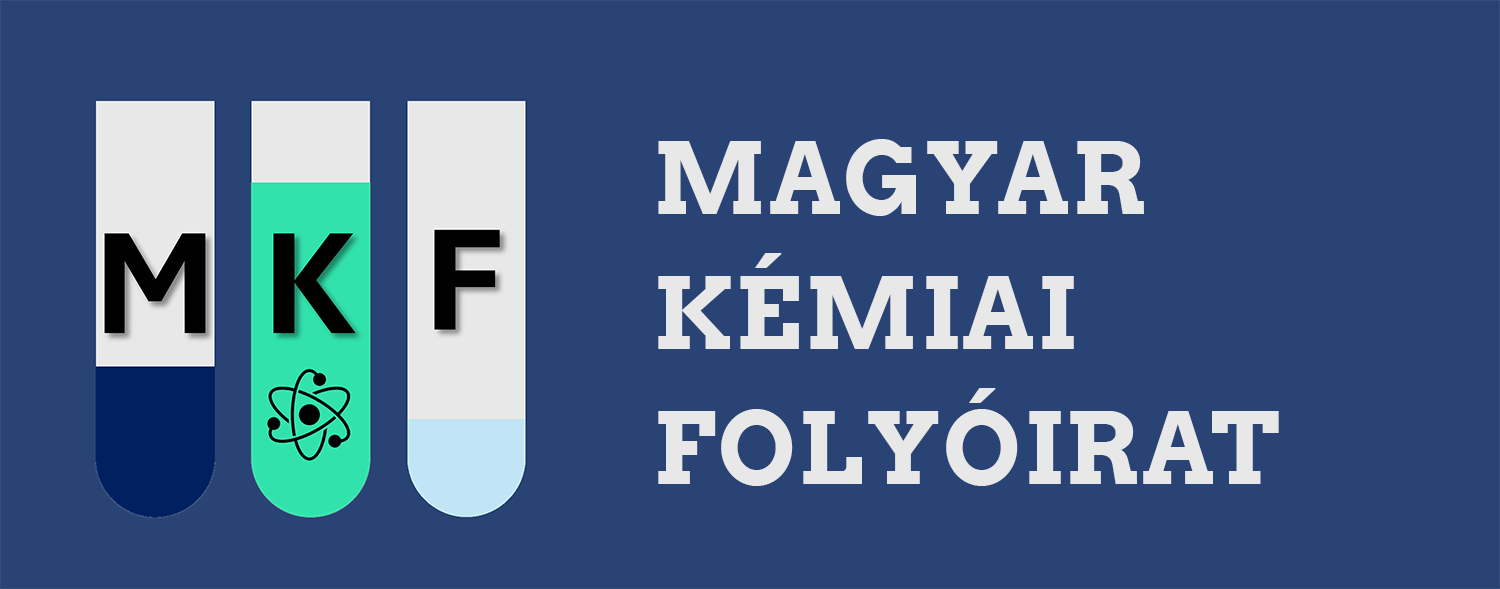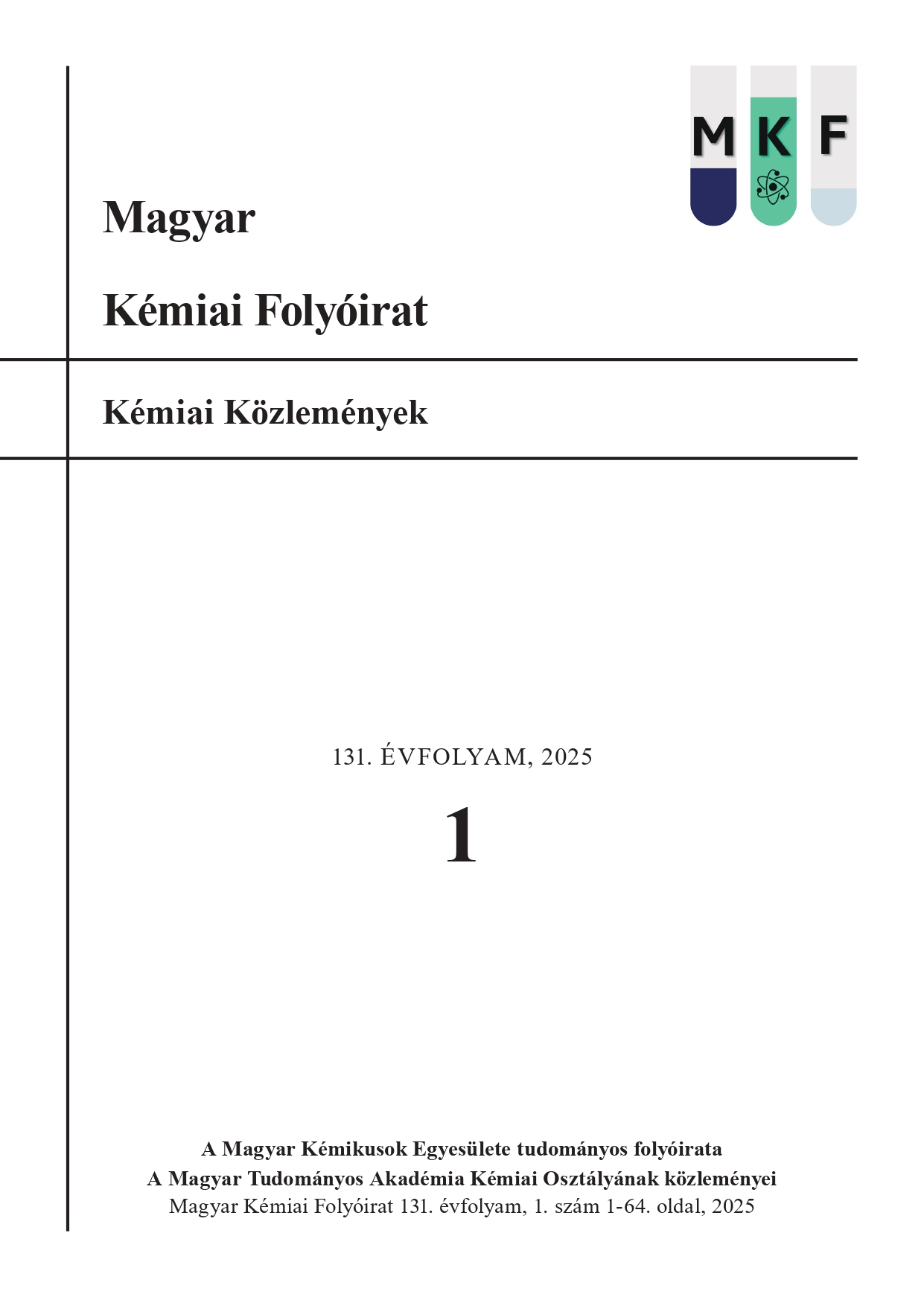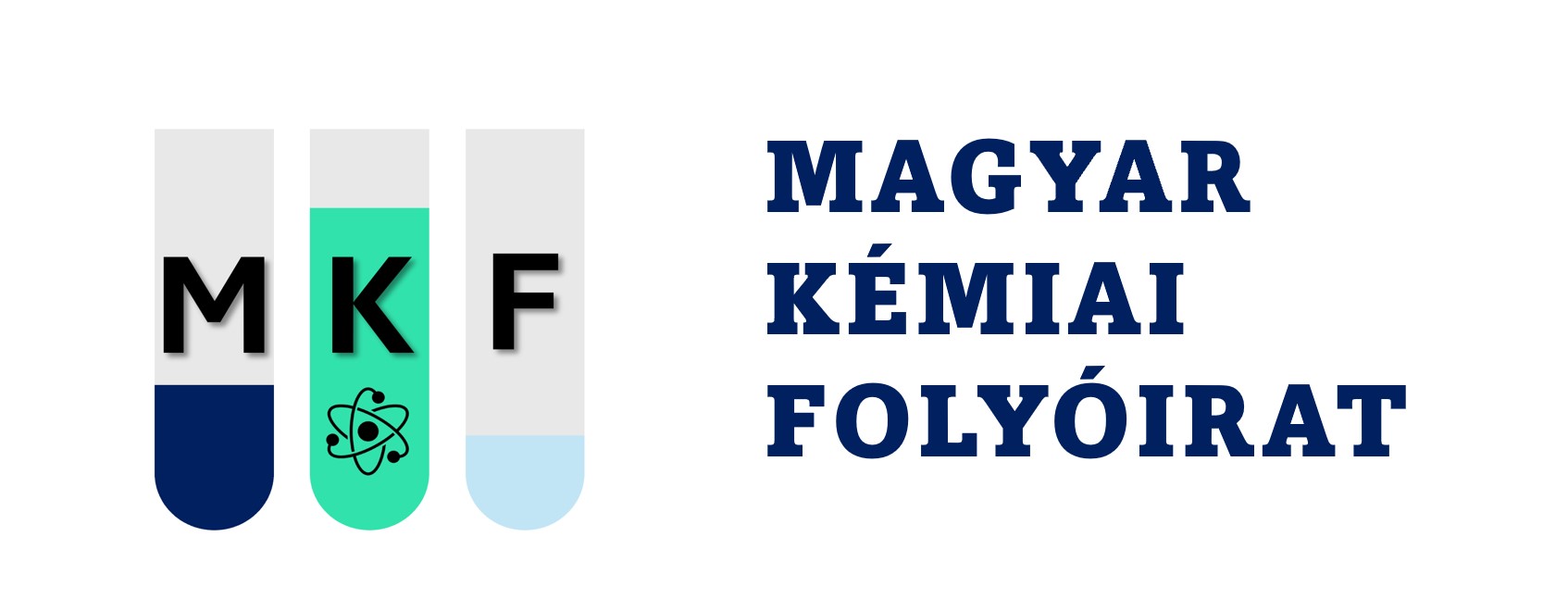Új, potenciálisan biológiailag aktív kén- és szeléntartalmú szénhidrát származékok szintézise
Absztrakt
A lektinek, mint szénhidrátkötő fehérjék, képesek a sejtek agglutinációjára, megtalálhatók növényekben, emberekben, patogén szervezetekben és természetes védelmi hatással bírnak különböző betegségekkel, kórokozókkal szemben. A lektinek szénhidrát felismerési képességeit célozzák új gyógyszerek kutatásában és fejlesztésében. A galektinek széles specificitással rendelkeznek, intracellulárisan, és extracellulárisan szabályozzák a sejthalált; számos betegségben játszanak szerepet: rák, autoimmun betegségek, krónikus gyulladások. A galektin-3 (Gal-3) expressziója összefüggésbe hozható különböző patológiás folyamatokkal. Számos kutatás folyik hatékony mono- és divalens Gal- 3 inhibitorok előállítására.






